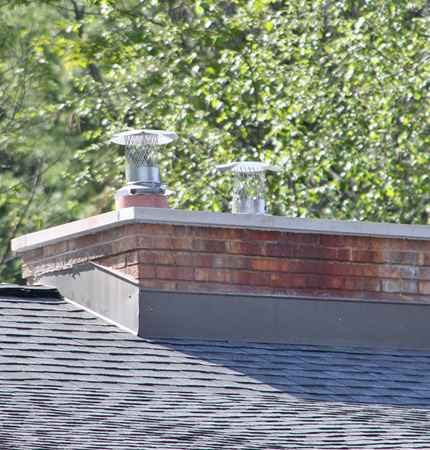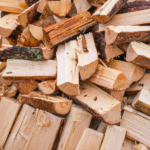Facts About Masonry Chimney Repairs
The masonry in your chimney is one of the most likely areas for problems to arise. Over time, problems left in disrepair can lead to larger issues. Today, let’s look at the main components of your chimney and how they factor into common masonry chimney repairs.
 Components of your chimney
Components of your chimney
Although not an all-encompassing list, masons construct most chimneys out of a few common materials. Those include:
- Bricks and mortar;
- Concrete, utilized in your crown;
- Metal, in your cap and flashing;
- And finally, your flue liner, whether made of tile or metal.
When an issue arises necessitating repair, it’s usually in one or more of those materials.
Repairing cracks
The top problem most homeowners face with their chimneys is cracks in the bricks and mortar. A small crack today can lead to a variety of issues later. These include smoke and carbon monoxide dangers, roofing concerns, and even lead to the total demolition of the chimney itself.
It’s not difficult to repair cracks when they’re small. As they grow, it may require repointing or tuckpointing. Once your Chimney Solutions Indiana technician resolves the issue for you, we recommend applying a vapor-permeable sealant to help prevent future issues.
Replacing chimney liners
The interior of your chimney, properly called a flue, should have some kind of liner inside of it. These are most commonly made of tile or metal. With regular chimney sweeps and inspections, they should last for decades.
However, your flue liner can also feel the impact when other components of your chimney fail. In this case, you may occasionally need to replace your liner if it isn’t smooth and rust-free.
Failures in your cap or crown
A chimney cap and crown are both designed to keep water and debris out of your flue. Your crown is made of concrete while your cap can be made of metal or concrete. If either of them has issues, short of replacing them a silicone-based mortar can help seal any cracks.
Stopping water with flashing
Repairing cracks is the easiest way to stop water leaks. Other components, such as your flashing, need to be maintained as well. Weathering can lead to rust, which leads to component failure, which then in turn lets water into places where it shouldn’t be. In addition, if your flashing isn’t secured properly, it can also cause roof and other leaks throughout your home.
 Fixing a leaning chimney
Fixing a leaning chimney
Finally, you may have a problem with a chimney that leans. This could point to a flawed design with the chimney itself, especially if it’s an older construction. In addition, a leaning chimney can cause stress on the surrounding structure. Fixing the issues with your masonry here can help prevent other problems with your home.
Prevent costly masonry repairs
With proper maintenance, most chimneys should be able to function for many years free of problems — especially if you have our team perform regular inspections and sweeps. And when the need to repair does arise, we’re here to help.
You can contact Chimney Solutions, LLC via phone, (317) 757-6979, simply by visiting our website and filling out our contact form.




